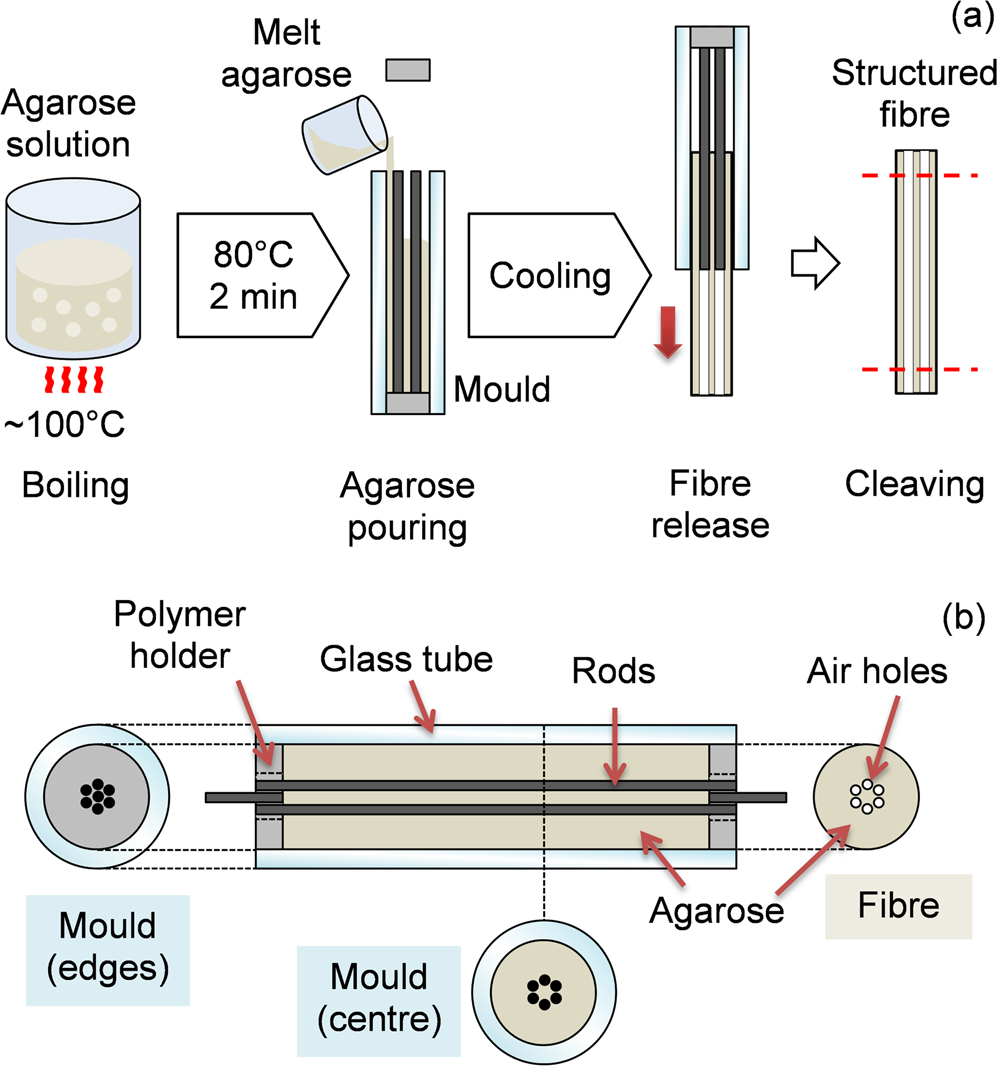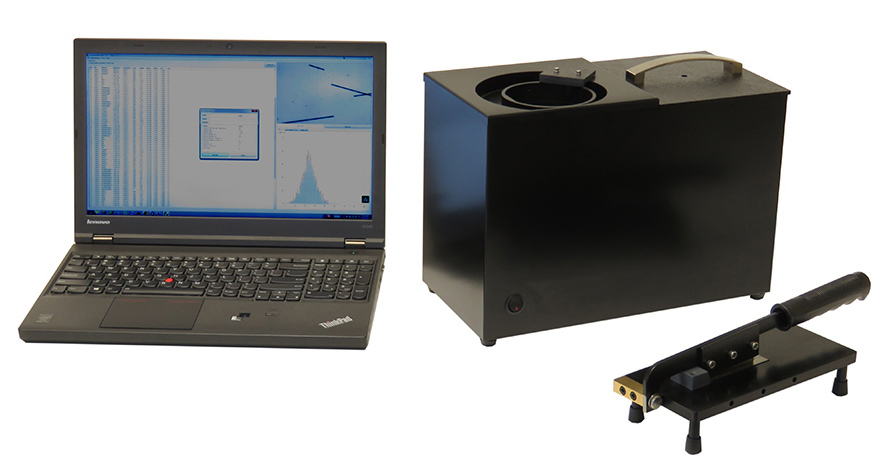Unlock Precision: The Ultimate Overview to Optical Fibre Size Analyser Devices
Accurate dimension of optical fiber diameter is necessary for improving the performance and reliability of fibre optic systems. This overview provides an extensive summary of the different size analyser devices available, from manual to automated solutions, each made to meet specific operational requirements. Key attributes such as dimension accuracy and calibration procedures are highlighted, alongside ideal techniques for ideal usage. As we examine these tools, it becomes obvious that the future of optical fiber analysis is developing swiftly, questioning regarding how these improvements will affect the sector.
Value of Optical Fibre Measurement
Accurately gauging optical fibre diameter is essential in guaranteeing optimum performance and reliability in communication systems. The size of optical fibres straight impacts their light transmission capacities, impacting data transfer, attenuation, and general signal integrity. An accurate dimension is vital to preserve the desired requirements for numerous applications, including telecommunications, information transmission, and noticing technologies.
Inconsistent or incorrect fibre sizes can bring about boosted losses and decreased efficiency, inevitably endangering the performance of the whole communication network. Additionally, variants in diameter can cause problems in splicing and linking fibers, leading to greater functional prices and potential system failures. Implementing rigorous measurement procedures is vital.

Kinds of Size Analyser Tools
To accomplish dependable optical fiber dimensions, different size analyser tools are used, each created to deal with details measurement requirements and applications (optical fibre diameter analyser). These tools can be broadly classified right into three primary types: manual, semi-automated, and totally automated analyzers
Manual diameter analyzers are typically utilized in smaller sized procedures or labs where precision is needed but production volume is low. They supply operators straight control over the measurement process, permitting cautious modifications and verifications.
Semi-automated size analyzers improve effectiveness by integrating hand-operated input with automated features. These tools commonly include easy to use user interfaces that simplify the measurement procedure while still permitting operator oversight.
Fully automated diameter analyzers stand for the pinnacle of dimension innovation. These sophisticated systems integrate sophisticated sensing units and software application to provide real-time measurements with marginal user intervention. They are suitable for high-volume production settings, making certain consistent precision and quick information collection.
Each sort of size analyser offers distinctive operational needs, making it necessary for individuals to carefully assess their details requirements when choosing the ideal device for optical fibre dimension.
Secret Features to Take Into Consideration
When picking an optical fibre diameter analyser, a number of key attributes require cautious factor to consider to make sure optimal efficiency and dependability. Measurement accuracy is paramount; look for tools that offer high-resolution readings, ideally in micrometers, to ensure accuracy in diameter evaluation. In addition, the rate of dimension is critical, particularly in production environments where efficiency is crucial.
One more essential feature is the calibration process, as a reputable analyser ought to give uncomplicated calibration procedures to maintain dimension stability in time. The range of diameters the device can measure is also substantial; make sure that it fits the particular fiber kinds appropriate to your applications.
Mobility could be a factor to consider, particularly for fieldwork; portable and lightweight designs enhance usability in numerous setups. Easy to use interfaces and software compatibility can facilitate smoother procedure and information analysis.
Lastly, consider the assistance and guarantee used by the maker; trustworthy customer support and extensive service warranty alternatives can secure your investment and make sure lasting contentment. By focusing on these features, you can choose an optical fibre size analyser that satisfies your particular demands and boosts your operational abilities.
Best Practices for Use
Efficient usage of optical fiber size analysers rests on a comprehensive understanding of best methods that boost dimension dependability and precision. Initially, ensure that the analyser is calibrated properly before each usage. Calibration versus understood standards alleviates prospective mistakes and develops a standard for subsequent measurements.
Second, maintain a clean atmosphere. Dust, wetness, or impurities on dig this the analyser or the fibre's lenses can skew outcomes. Routinely examine and clean up both the fiber and the tools to maintain optimum performance.

In addition, carry out measurements at regular temperatures and moisture levels, as environmental variables can influence outcomes. Paper each measurement carefully, keeping in mind problems and any type of anomalies run into throughout the process.
Future Trends in Optical Fiber Analysis
As the need for high-performance optical fibers useful content continues to climb, advancements in analysis methods are established to change the industry (optical fibre diameter analyser). Future patterns in optical fiber evaluation will likely be driven by increased automation and the assimilation of artificial knowledge (AI) and machine understanding (ML) innovations. These developments guarantee to enhance information precision, lower analysis time, and make it possible for real-time surveillance of fibre high quality
Furthermore, the advancement of user-friendly and mobile analysis tools will certainly assist in on-site assessments, enabling better adaptability and effectiveness in manufacturing atmospheres. Improved imaging modern technologies, such as high-resolution imaging and spooky analysis, are expected to supply deeper insights into fibre qualities, allowing manufacturers to optimize their processes even more.
Additionally, as sectors progressively embrace sustainability, there will certainly be a promote environmentally friendly materials and approaches in optical fiber manufacturing. This change will certainly demand brand-new logical strategies to assess the performance and durability of these products under differing conditions.
Final Thought
Precise dimension of optical fibre size is necessary for maximizing efficiency and guaranteeing reliability in communication systems. The diversity of size analyser tools, ranging from manual to automated choices, highlights the significance of selecting ideal functions based upon particular functional requirements. Sticking to best techniques boosts measurement efficiency, while continuous innovations in technology signal a change towards higher automation and sustainability in the field. Continued advancement will better improve the accuracy and efficiency of optical fibre analysis.
Precise straight from the source measurement of optical fiber diameter is necessary for improving the performance and integrity of fibre optic systems. In an increasingly linked globe, where high-speed data transmission is vital, the role of exact optical fibre diameter measurement can not be overemphasized, as it offers as the structure for robust interaction framework.When selecting an optical fiber diameter analyser, several crucial features require mindful factor to consider to guarantee optimum performance and dependability.Effective usage of optical fiber diameter analysers hinges on a detailed understanding of best techniques that boost measurement integrity and accuracy.Accurate measurement of optical fibre size is vital for maximizing efficiency and making certain integrity in communication systems.